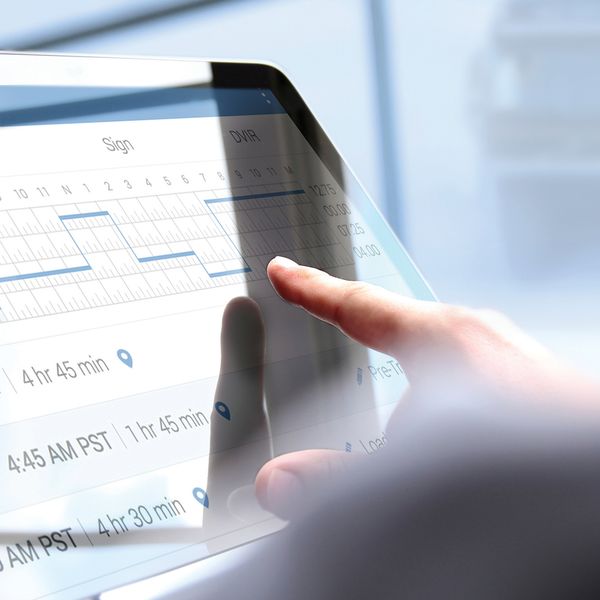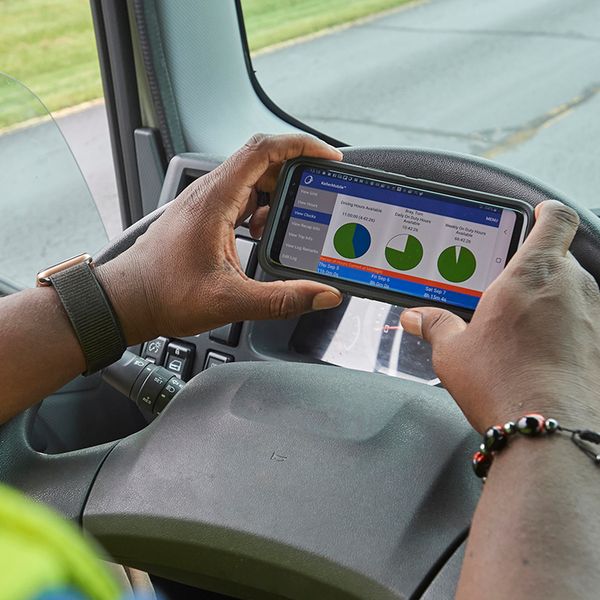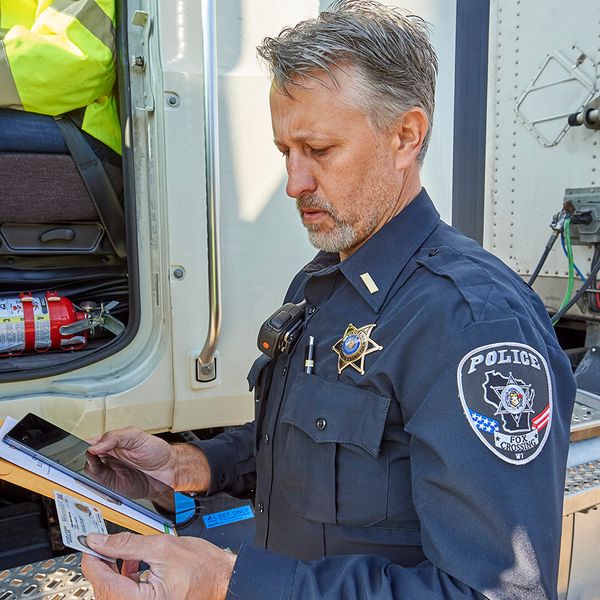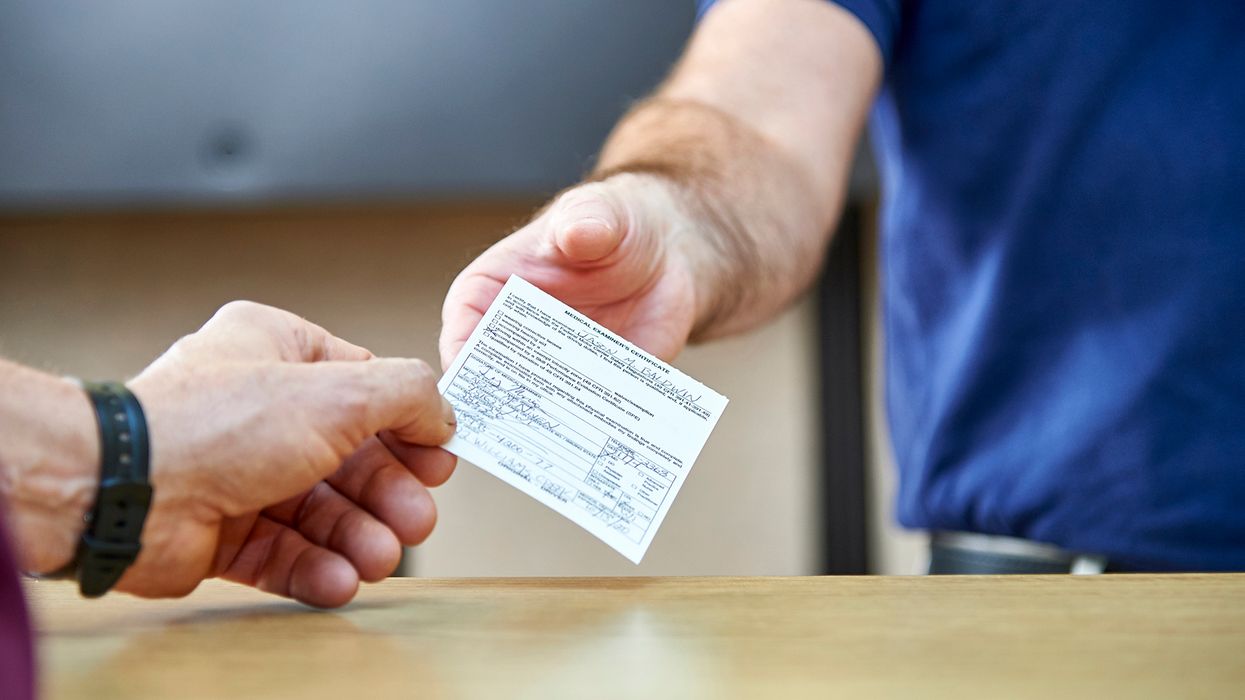Logbook lies: Inside the shadows of log falsification
Log falsification accounts for nearly 5 percent of all roadside inspection violations and is one of the most common out-of-service violations. The results of the 2023 CVSA International Roadcheck revealed that the top two driver violations were associated with hours of service and false logs. Electronic logging devices (ELDs) track a driver’s hours and will flag violations but concealed log falsification can be difficult to identify.
Section 395.8(k) of the Federal Motor Carrier Safety Regulations (FMCSRs) requires motor carriers to retain “supporting” documents for at least six months. The primary purpose of a supporting document is to verify the accuracy of a log. Without supporting documents, spotting a false log could almost be impossible.
The FMCSA provides a long list of possible supporting documents, including the following:
- Bills of lading, itineraries, schedules, or equivalent documents that indicate the origin and destination of each trip;
- Dispatch records, trip records, or equivalent documents;
- Expense receipts related to any on-duty not-driving time;
- Electronic mobile communication records, reflecting communications transmitted through a fleet management system; and
- Payroll records, settlement sheets, or equivalent documents that indicate how a driver was paid.
Dates and times on these documents can be compared against the log to verify, or in some cases refute, log entries.
Verifying log entries
To begin the process, locate the date and time on a supporting document. Then, take the driver’s log for the day and check the driver’s location at the time provided on the supporting document. The two documents should line up.
Some information may not be clear such as toll receipts. Since toll receipts do not have any on-duty time associated with them, you will need to examine the time the driver started driving and determine the time and distance from the starting point to the toll location. If the time and distance from the starting location do not correlate with the time and place on the toll receipt, a false log is a possibility.
Supporting documents such as pick-up and delivery receipts, bills of lading, fuel receipts, and roadside inspection reports can be more easily tied to on-duty time. Checking these supporting documents involves matching up the changes in duty status with the appropriate times.
Auditing electronic logs for falsification
Nearly all forms of falsification in an electronic logging system can be identified in the back office. When ELDs are being used, safety supervisors or log auditors should review these items:
- Incidents involving drivers logging into vehicles that were not assigned to them;
- Supporting documents verifying that on-duty time was logged correctly;
- Any edits that were made; and
- “Special driving categories,” to make sure they were used appropriately.
The company is liable for false logs, and the FMCSA expects a carrier’s safety management controls to detect the violations. Many of the log violations are simple to correct, and carriers should continually discuss violations with drivers to prevent subsequent occurrences. However, if you identify a log falsification that was intentional, then your progressive discipline policy should warrant serious punishment.
Key to remember: Log falsification and significant accidents lead to nuclear verdicts, so carriers should have a system to audit logs on a daily basis.



















































